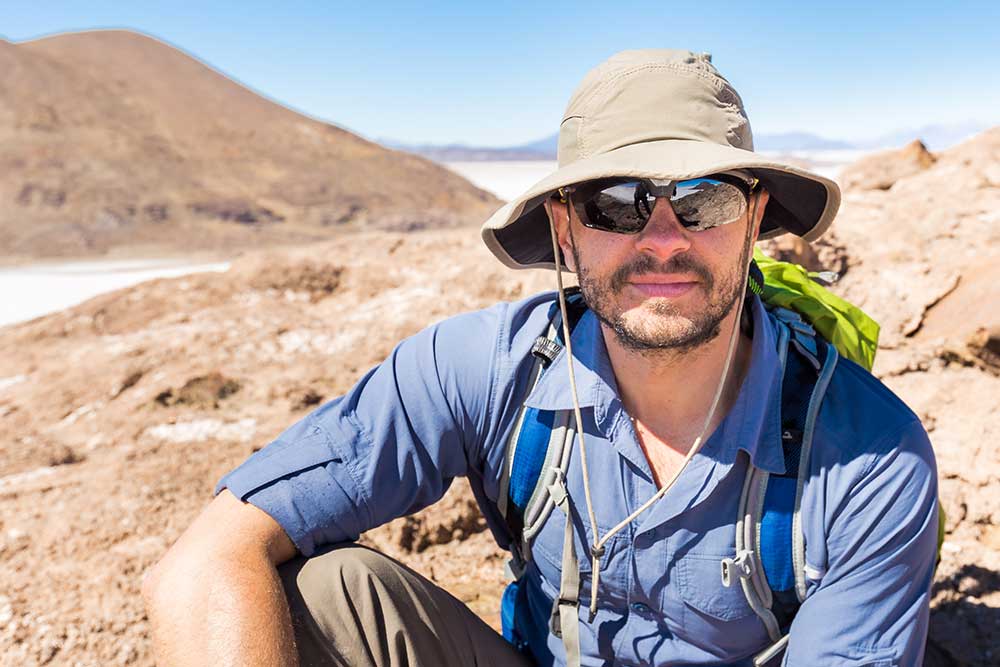All Categories
Featured
Table of Contents
Geophysicists in Quinns Rocks Oz 2020

The primary model for the radial structure of the interior of the Earth is the initial recommendation Earth model (PREM). Some parts of this design have actually been upgraded by current findings in mineral physics (see post-perovskite) and supplemented by seismic tomography. The mantle is generally made up of silicates, and the borders between layers of the mantle are constant with phase shifts.

Schematic of Earth's magnetosphere. Flows from left to.
Inside the magnetosphere, there are fairly dense areas of solar wind particles called the Van Allen radiation belts. Geophysical measurements are typically at a specific time and location.
Geological And Geophysical (G&g) Surveys in Leeming Western Australia 2020
A three-dimensional position is calculated utilizing messages from four or more visible satellites and described the 1980 Geodetic Reference System. An alternative, optical astronomy, combines astronomical collaborates and the local gravity vector to get geodetic collaborates. This technique only provides the position in two coordinates and is harder to utilize than GPS.
Relative positions of 2 or more points can be determined utilizing very-long-baseline interferometry. Gravity measurements entered into geodesy because they were required to related measurements at the surface area of the Earth to the referral coordinate system. Gravity measurements on land can be made utilizing gravimeters released either on the surface area or in helicopter flyovers.
Sea level can likewise be measured by satellites using radar altimetry, contributing to a more precise geoid. In 2002, NASA introduced the Gravity Healing and Environment Experiment (GRACE), wherein 2 twin satellites map variations in Earth's gravity field by making measurements of the range between the two satellites using GPS and a microwave ranging system. , which are studied through geophysics and area physics.
Geophysical Survey Flashcards in Bibra Lake Oz 2020

Because geophysics is worried about the shape of the Earth, and by extension the mapping of features around and in the planet, geophysical measurements consist of high accuracy GPS measurements. These measurements are processed to increase their precision through differential GPS processing. When the geophysical measurements have actually been processed and inverted, the translated outcomes are outlined using GIS.
Numerous geophysics business have actually designed internal geophysics programs that pre-date Arc, GIS and Geo, Soft in order to fulfill the visualization requirements of a geophysical dataset. Exploration geophysics is used geophysics that typically utilizes remote picking up platforms such as; satellites, aircraft, ships, boats, rovers, drones, borehole noticing equipment, and seismic receivers.
For example, aeromagnetic data (aircraft collected magnetic information) gathered using standard fixed-wing aircraft platforms must be fixed for electro-magnetic eddy currents that are produced as the airplane moves through Earth's electromagnetic field. There are also corrections related to modifications in determined possible field intensity as the Earth rotates, as the Earth orbits the Sun, and as the moon orbits the Earth.
Geophysical Survey in Connolly Aus 2021
Signal processing includes the correction of time-series data for unwanted noise or mistakes introduced by the measurement platform, such as aircraft vibrations in gravity information. It also involves the decrease of sources of sound, such as diurnal corrections in magnetic data. In seismic data, electromagnetic information, and gravity information, processing continues after error corrections to consist of computational geophysics which lead to the last analysis of the geophysical data into a geological analysis of the geophysical measurements Geophysics emerged as a separate discipline only in the 19th century, from the crossway of physical geography, geology, astronomy, meteorology, and physics.
The magnetic compass existed in China back as far as the 4th century BC. It was not until great steel needles might be created that compasses were utilized for navigation at sea; prior to that, they could not retain their magnetism long enough to be helpful.
By looking at which of eight toads had the ball, one could determine the direction of the earthquake. It was 1571 years prior to the very first style for a seismoscope was released in Europe, by Jean de la Hautefeuille. It was never constructed. Among the publications that marked the beginning of contemporary science was William Gilbert's (1600 ), a report of a series of precise experiments in magnetism.
Careers In Geology And Geophysics in Gwelup Oz 2020
In 1687 Isaac Newton released his, which not only laid the foundations for classical mechanics and gravitation Likewise explained a range of geophysical phenomena such as the tides and the precession of the equinox. The first seismometer, an instrument efficient in keeping a continuous record of seismic activity, was built by James Forbes in 1844. Geochemistry, Geophysics, Geosystems. National Aeronautics and Area Administration. Recovered 13 November 2018.
Runcorn, S.K, (editor-in-chief), 1967, International dictionary of geophysics:. Pergamon, Oxford, 2 volumes, 1,728 pp., 730 fig Geophysics, 1970, Encyclopaedia Britannica, Vol. Intro to seismology (2nd ed.).
Latest Posts
Geophysical Survey In Archaeology in Neerabup Australia 2022
Geophysicists in Glen Forrest WA 2020
Geophysical Survey in Lockridge Oz 2023